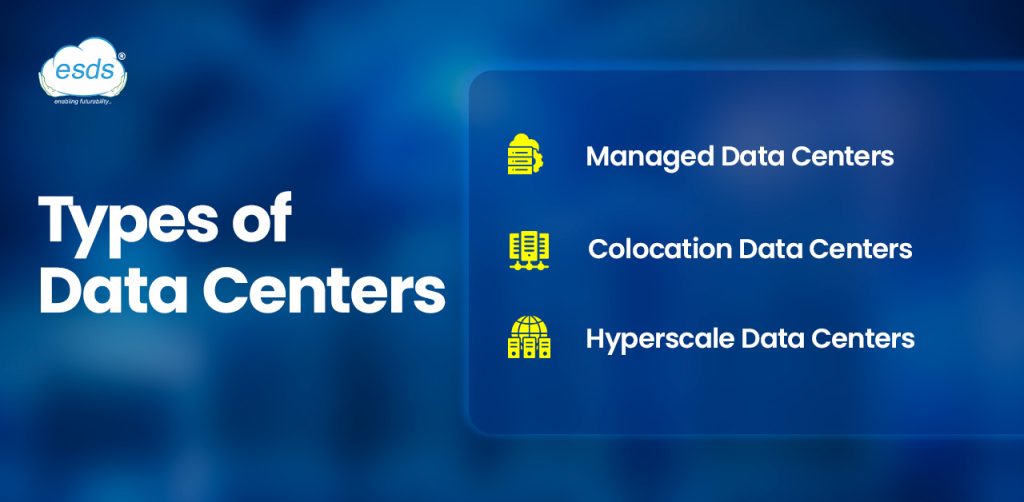
India is undergoing a digital revolution, and at the heart of this transformation lies one essential yet often overlooked engine—data centers. As smart devices multiply, cloud computing accelerates, and internet usage crosses 1.1 billion wireless subscribers, the demand for secure, scalable, and reliable data storage infrastructure has never been higher. From powering real-time transactions and AI workloads to enabling government e-governance services, data centers form the digital backbone that supports everything from fintech to online learning. With the rapid rollout of 5G, explosive growth in digital payments, and the rise of deep-tech start-ups, India is emerging as one of the world’s fastest-growing data center services markets—and the next few years will define its trajectory.
India’s Data Center Market Size and Growth Projections
The data center market in India is currently valued at INR 82 billion, with around 85,000 racks for co-location, and is projected to grow at a compound annual growth rate (CAGR) of 21.4% from fiscal year 2020 to fiscal year 2024. The market in the future is expected to grow at a CAGR of 19.7%, from INR 82 billion in fiscal year 2024 to INR 240 billion in fiscal year 2030. As of 31st March 2024, the total data center installed capacity in India is 1050 MW, and the total utilized capacity in India for data centers stands at 850 MW.
Market Segmentation for India’s Data Center Industry by Major Cities
As of 31st March 2024, India’s current data center capacity stands at 1,050 MW, with approximately 94% of this capacity concentrated in major cities. Among these cities are Mumbai and Chennai, which lead the sector. Mumbai alone accounts for 48% of India’s total data center capacity, supported by its strategic submarine landing stations, infrastructure for power and fiber optics, and significant demand from the banking, financial services, and BFSI sectors. Meanwhile, Delhi and Kolkata serve as the primary locations in North and East India, catering to regional enterprise demand, with Delhi anticipated as a significant player with substantial capacity additions on the horizon.
Along with this, data centers are experiencing significant growth as they expand into Tier-2 and Tier-3 cities, driven by advantages and increasing demand for digital infrastructure. Cities such as Nashik, Kochi, and Jaipur are becoming key players in this expansion. Leading companies like ESDS Software Solution Limited are actively pursuing opportunities to establish their presence in these smaller cities.
End-user Segmentation by Industry
The data center market is characterized by a diverse range of end-user sectors, with the Banking, Financial Services, and Insurance (BFSI) sector leading the way, accounting for 45% of total revenues. Enterprises follow closely, representing 35% of the market, driven by their increasing reliance on cloud services and digital transformation initiatives. The government sector contributes 15%, focusing on e-governance and secure data management, while other sectors collectively make up the remaining 5%. This distribution highlights the varying needs and priorities of different industries in leveraging data center capabilities to support their operations. Players with a well-diversified presence across multiple industry segments have already built a strong foundation in the Indian data center and cloud market.
Types of Data Centers
Below is the list of data centers as shown below:
- Managed Data Centers—Combines co-location services with managed IT support, allowing businesses to rent space for servers and outsource infrastructure management to specialized vendors. It helps businesses focus on core activities without IT management burdens.
Key Benefits:
- Expert management of IT resources.
- Flexible scalability
- Focus on strategic initiatives
- Reduced IT management burden
- Colocation Data Centers—Provides physical space to house servers and networking equipment, offering power, cooling, security, and connectivity. This model allows businesses to share infrastructure costs while maintaining control over their hardware.
Key Benefits:
- Enhanced security measures
- Cost savings on infrastructure investments.
- Improved interconnectivity with network providers.
- Hyperscaler Data Centers—Large-scale facilities supporting data processing, computing, and storage services for major organizations.
Key Benefits:
- Extreme scalability
- Cost efficiency through economies of scale and performance infrastructure for rapid growth.
Conclusion
India’s growing digital economy relies on the strength and scalability of its data centers. From metro hubs to emerging Tier-2 cities, data centers are expanding infrastructure to support the surge in demand. Organizations like ESDS Software Solution Limited offer data center colocation data center services, allowing businesses to securely house their own IT infrastructure while benefiting from redundant power, cooling, and high-speed connectivity. This is ideal for businesses needing physical control over their hardware while leveraging a professional Data Center environment.











Recent Comments